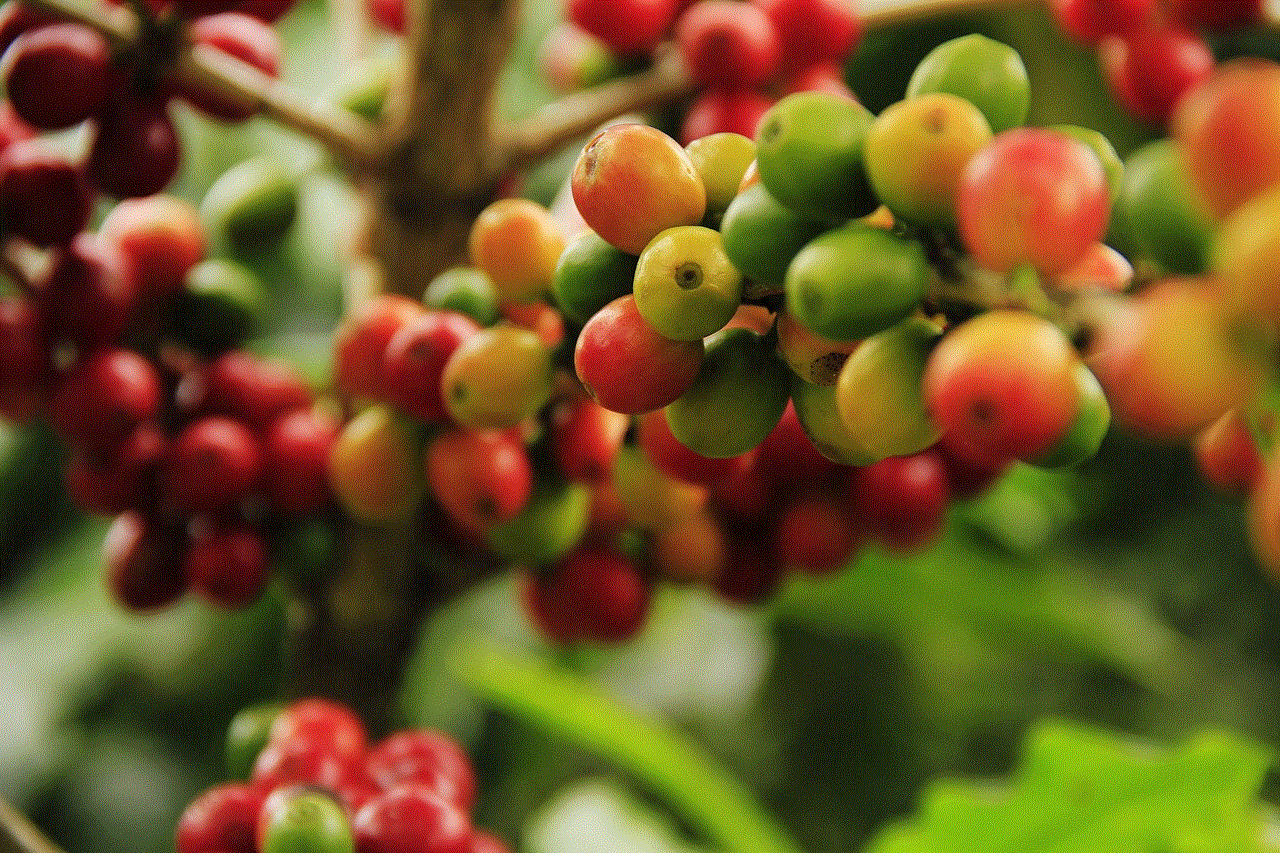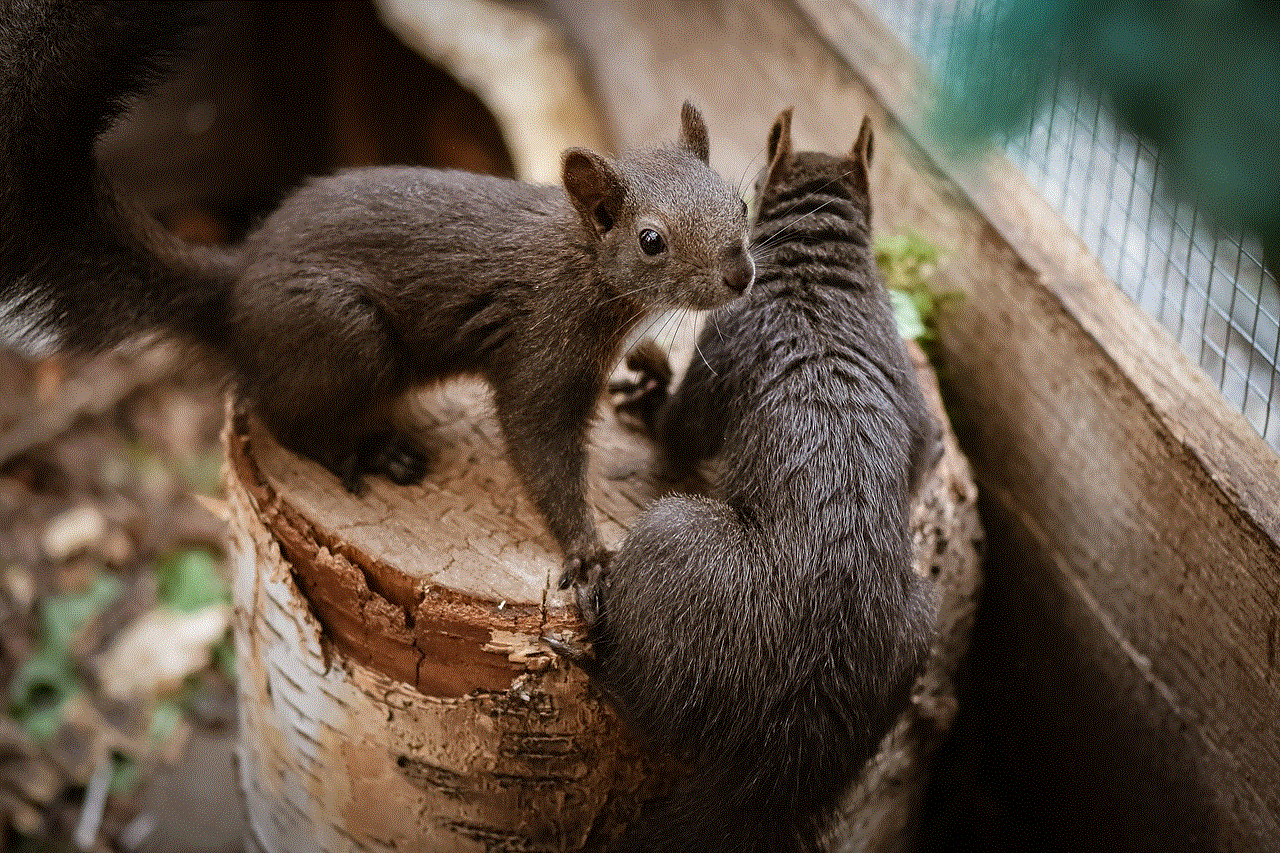what do wrd mean
# Understanding the Meaning of “Wrd”: A Comprehensive Exploration
In today’s digital age, language is constantly evolving, and new terms and abbreviations are emerging at a rapid pace. One such abbreviation that has garnered attention is “wrd.” It is often used in various online platforms, especially among younger people. In this article, we will explore the meaning of “wrd,” its origins, its applications, and its impact on communication in contemporary society.
## The Origins of “Wrd”
The abbreviation “wrd” stands for “word.” It is commonly used in text messaging, social media, and online forums as a shorthand to convey agreement, affirmation, or acknowledgment. The abbreviation is a part of a larger trend in digital communication where brevity is prioritized due to character limits and the fast-paced nature of online interactions. As technology has advanced, so too has the way we communicate, leading to the creation of numerous abbreviations that simplify our conversations.
The usage of “wrd” can be traced back to the rise of text messaging in the early 2000s. As mobile phones became more prevalent, users began to adopt a style of communication that favored short and snappy language. This was not only to save time but also to reduce the number of keystrokes required to convey a message. As a result, abbreviations like “wrd” became commonplace, allowing users to express themselves quickly and efficiently.
## “Wrd” in Modern Communication
In modern communication, “wrd” serves multiple purposes. Primarily, it is used as a form of affirmation. For instance, if someone shares an opinion or a statement that resonates with another person, they might respond with “wrd” to indicate that they agree. This usage reflects a sense of camaraderie and understanding, which is particularly important in online interactions where tone and nuance can often be lost.
Moreover, “wrd” is often employed in a casual and informal context. It is typically used among friends or peers rather than in professional or formal settings. This informality contributes to a relaxed atmosphere in conversations, allowing individuals to express themselves more freely. In an age where digital communication can sometimes feel impersonal, the use of such abbreviations helps to foster a sense of connection and community.
## Cultural Significance of “Wrd”
The cultural significance of “wrd” cannot be understated. It is emblematic of a larger trend in language evolution, where colloquial expressions and slang have gained prominence in everyday communication. The use of “wrd” reflects the values and attitudes of younger generations, who tend to favor authenticity, relatability, and informality in their interactions.
Additionally, “wrd” has found its way into popular culture, being referenced in music, television shows, and social media. Artists and influencers often use the term in their content, further solidifying its place in contemporary vernacular. This widespread usage contributes to the normalization of such abbreviations, making them more acceptable in various contexts.
## The Impact of Social Media on Language
Social media platforms have played a crucial role in the proliferation of abbreviations like “wrd.” With the advent of platforms such as Twitter, Instagram , and tiktok -parental-control-effectively-in-2023″>TikTok , users are encouraged to communicate in concise and engaging ways. The character limits imposed by these platforms necessitate the use of shorthand, leading to the widespread adoption of terms like “wrd.”
Moreover, social media has created a space for linguistic experimentation. Users often play with language, creating new abbreviations, slang, and expressions that reflect their identities and experiences. The viral nature of social media means that these linguistic innovations can spread rapidly, influencing how people communicate both online and offline.
## The Generational Divide
The use of “wrd” and similar abbreviations has also highlighted a generational divide in communication styles. Older generations may view these terms as informal or unprofessional, while younger individuals embrace them as a natural evolution of language. This divide can lead to misunderstandings, as different generations may interpret the same message in vastly different ways.
For instance, a younger person might use “wrd” in a professional email to convey agreement, while an older colleague may find it inappropriate. As language continues to evolve, it is essential for individuals of all ages to remain open-minded and adaptable in their communication styles. Understanding the context in which terms like “wrd” are used can help bridge the gap between generations and foster more effective communication.
## The Role of Context in Communication
Context plays a vital role in determining the appropriateness of using “wrd.” In informal settings, such as text messages between friends or comments on social media posts, “wrd” can enhance the conversation and create a sense of camaraderie. However, in formal situations, such as business meetings or academic writing, the use of such abbreviations may not be suitable.
It is important for individuals to gauge their audience and the context of their communication before using terms like “wrd.” This awareness can help prevent misunderstandings and ensure that the intended message is conveyed effectively. In an increasingly interconnected world, the ability to navigate different communication styles and contexts is a valuable skill.
## The Future of “Wrd” and Language Evolution
As language continues to evolve, it is likely that abbreviations like “wrd” will remain a part of our communication landscape. The rapid pace of technological advancement and the rise of new communication platforms will undoubtedly give rise to new terms and expressions. In this dynamic environment, it is essential for individuals to stay informed and adaptable.
The future of “wrd” may also be influenced by the ongoing conversations about language inclusivity and accessibility. As society becomes more aware of the diversity of language users, there may be a push for more standardized communication practices that accommodate various styles and preferences. This shift could lead to a more inclusive linguistic landscape where terms like “wrd” coexist with more formal language.
## Conclusion
In conclusion, “wrd” is more than just an abbreviation; it is a reflection of the evolving nature of language and communication in the digital age. Its origins in text messaging and social media highlight the importance of brevity and informality in contemporary interactions. As we continue to navigate the complexities of language, it is essential to understand the cultural significance of terms like “wrd” and their impact on communication.
By embracing the evolution of language and remaining open to new expressions and styles, we can foster more inclusive and effective communication in our increasingly interconnected world. As we look to the future, it will be fascinating to see how terms like “wrd” continue to shape our conversations and reflect the changing dynamics of society.
posts i’ve liked on instagram
# The Journey of Connection: Exploring the Posts I’ve Liked on Instagram



## Introduction: The Digital Scrapbook
In an era where social media has woven itself into the fabric of our daily lives, platforms like Instagram have become more than just a means to share pictures; they have transformed into a digital scrapbook of our experiences, interests, and connections. One particularly intriguing feature of Instagram is the ability to “like” posts, a simple yet powerful action that curates a personal gallery of content that resonates with us. In this article, we’ll explore the significance of the posts I’ve liked on Instagram, what they reveal about our personalities, and how they shape our interactions in the digital landscape.
## Understanding the Nature of Likes
When we scroll through our Instagram feed, we encounter a myriad of images, videos, and stories. Each post is a window into someone else’s world, showcasing their creativity, lifestyle, and perspectives. The action of liking a post serves several purposes: it expresses appreciation, creates a sense of belonging within a community, and allows us to engage with content that inspires or entertains us. Liking a post is not merely a passive act; it reflects our values, preferences, and the emotions we associate with the content we consume.
### The Psychology Behind Liking
Psychologically, the act of liking taps into our innate desire for affirmation and connection. When we like a post, we signal to the creator that their content resonates with us, fostering a sense of validation. This dynamic can create a cycle of engagement, where the creator is encouraged to produce more content that aligns with the interests of their audience. Additionally, the posts we’ve liked can serve as a form of self-expression, showcasing our tastes and the aspects of our personality we wish to share with others.
## A Reflection of Personal Values
The posts I’ve liked on Instagram can offer a profound reflection of my personal values and beliefs. For instance, if I find myself consistently liking posts related to environmental sustainability, it may indicate a deep-seated commitment to ecological issues. Similarly, frequent interactions with content focused on mental health awareness may signal my interest in personal well-being and the importance of destigmatizing mental health conversations.
### Art and Aesthetics
Artistic expression is another area where the posts I’ve liked can reveal my preferences. Whether it’s stunning photography, intricate illustrations, or innovative design, my likes can showcase my appreciation for creativity and beauty. This aspect of engagement allows me to curate an aesthetic feed that not only inspires me but also reflects the styles and themes that resonate with my own artistic sensibilities.
## The Influence of Community and Connection
Instagram is inherently a social platform, and the posts I’ve liked often highlight my connections with others. Through likes, I engage with friends, family, and even strangers who share similar interests. This community aspect can foster a sense of belonging, as we collectively support one another’s endeavors and celebrate milestones. When I like a friend’s post celebrating a significant achievement, it reinforces our bond and communicates my support, even from a distance.
### The Role of Influencers and Trends
In addition to personal connections, the posts I’ve liked can also reflect broader cultural trends and the influence of social media personalities. Influencers play a pivotal role in shaping our preferences, and their curated content often serves as inspiration for what we choose to engage with. From fashion to fitness, the likes I accumulate may reveal my alignment with specific trends or lifestyles promoted by these influential figures.



## The Impact of Algorithms on Our Choices
Instagram’s algorithm is designed to prioritize content that aligns with our interests, creating a personalized experience for users. This algorithmic influence can significantly impact the posts I see and, consequently, the ones I like. Over time, the algorithm learns from my interactions, presenting me with content that it predicts I will engage with. While this can enhance my experience, it also raises questions about the limitations of echo chambers and whether my likes truly reflect my diverse interests or are merely a product of algorithmic bias.
### Expanding Horizons
Despite the potential pitfalls of algorithm-driven content, the posts I’ve liked can also serve as a gateway to new ideas and perspectives. Engaging with diverse content can broaden my horizons and challenge my preconceived notions. For instance, if I like posts from creators representing different cultures or viewpoints, it can encourage me to explore topics I may not have considered before. In this way, my likes can become a tool for personal growth and learning.
## The Evolution of My Likes: A Chronological Journey
As I reflect on the posts I’ve liked over time, a fascinating chronological journey emerges. Initially, my likes may have been heavily influenced by peer pressure or trends, aligning with what was popular among my social circle. However, as I grew more confident in my preferences, my likes began to reflect my authentic self. This evolution illustrates the fluid nature of identity and how our social media interactions can mirror our personal growth.
### Nostalgia and Memory
The likes I’ve accumulated can also evoke nostalgia, reminding me of different phases in my life. A simple scroll through my liked posts can transport me back to specific moments, capturing the essence of experiences that shaped who I am today. Whether it’s a photo from a memorable vacation or a post celebrating a milestone, these likes serve as digital mementos, preserving memories that might otherwise fade over time.
## The Ethical Considerations of Liking
While the act of liking posts can foster connection and self-expression, it also raises ethical considerations. The nature of social media can lead to issues such as superficial validation and the pressure to curate a perfect online persona. The quest for likes can sometimes overshadow genuine interactions, resulting in a culture where worth is measured by online engagement rather than real-life connections.
### The Impact on Mental Health
Furthermore, the relationship between social media engagement and mental health cannot be ignored. For some, the pursuit of likes can lead to anxiety, self-doubt, and a distorted sense of self-worth. The pressure to conform to certain standards or trends can create a toxic cycle of comparison, where individuals feel inadequate if their likes do not match those of their peers. It’s essential to approach social media with a critical mindset and prioritize authentic connections over the fleeting validation of likes.
## Conclusion: Embracing Authentic Engagement
In conclusion, the posts I’ve liked on Instagram serve as a multifaceted reflection of my personality, values, and connections. They encapsulate my journey through the digital landscape, revealing not only my preferences but also my growth and evolution over time. While the act of liking can foster community and inspire creativity, it’s crucial to navigate social media mindfully, recognizing the potential pitfalls and ethical considerations that accompany our online interactions.



As we continue to engage with the vibrant tapestry of content on Instagram, let us embrace authenticity and prioritize genuine connections. By doing so, we can transform our digital experiences into meaningful reflections of who we are and the communities we cherish. Ultimately, the posts we’ve liked are not just a collection of images; they are a testament to our shared humanity, creativity, and the connections that bind us together in this ever-evolving digital world.